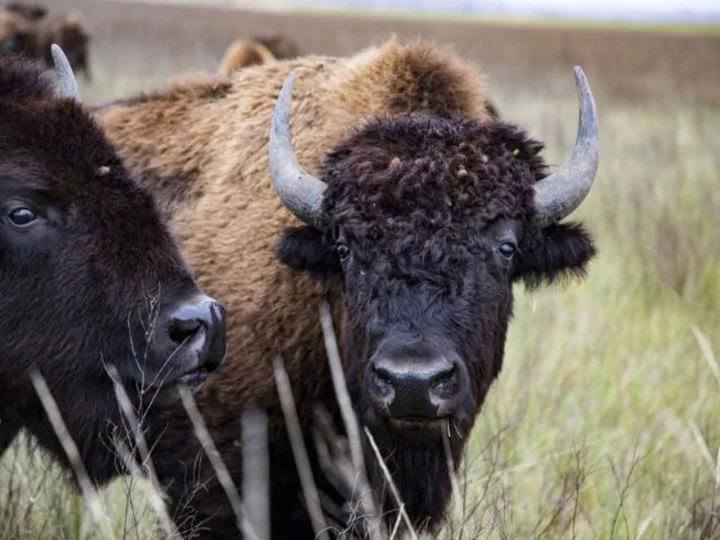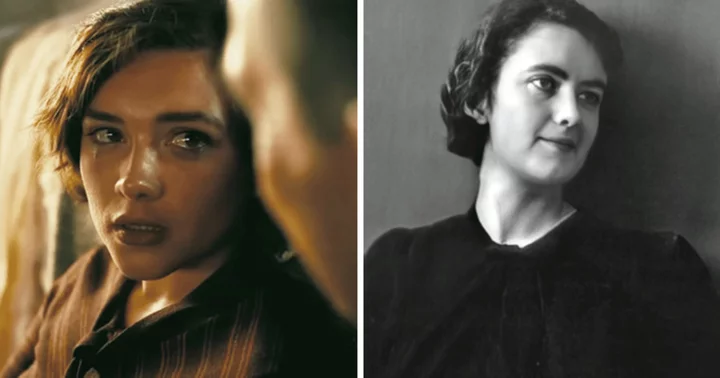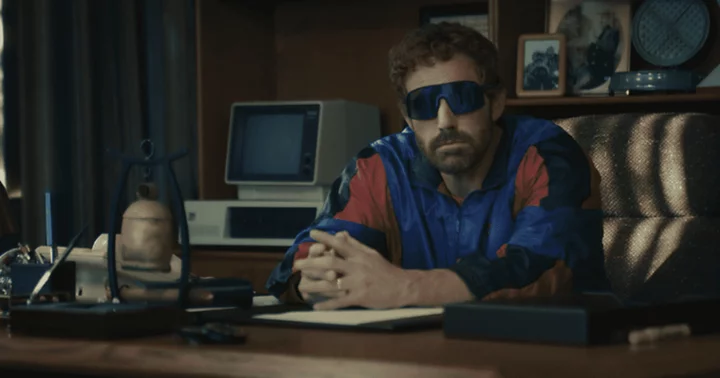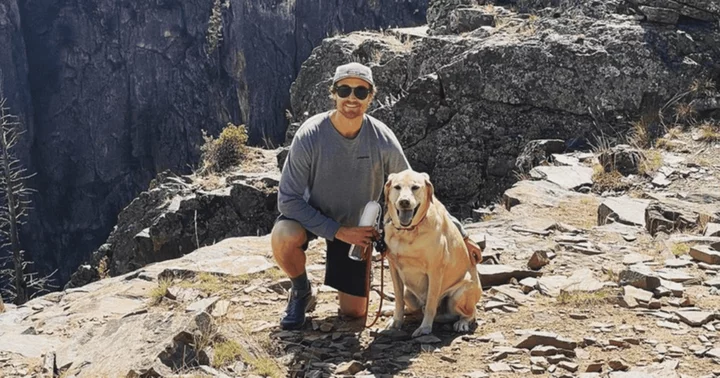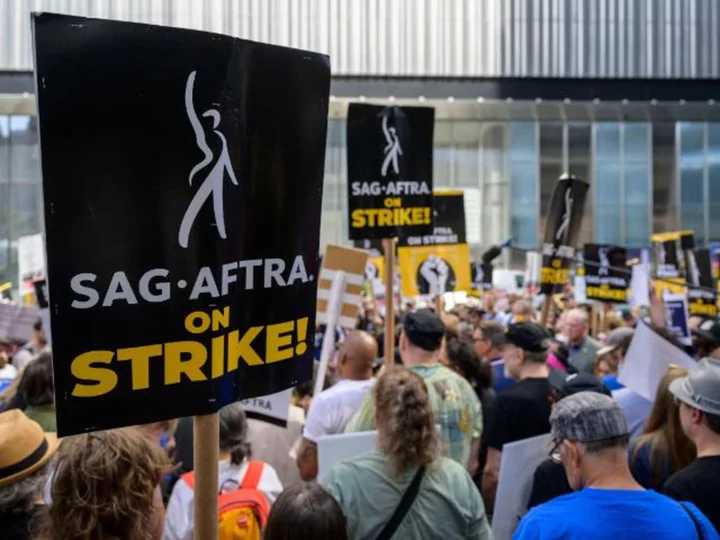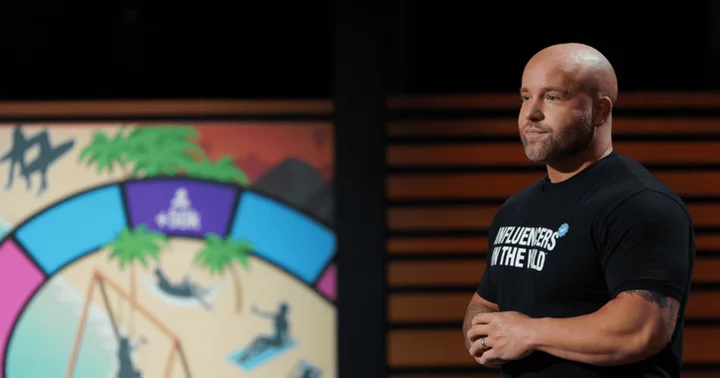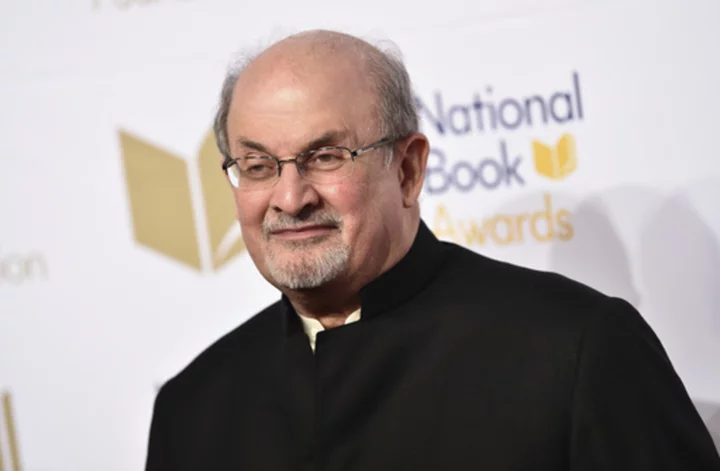Anyone with an interest in history should be quite familiar with the Ken Burns playbook, which he puts to characteristically impressive use in "American Buffalo," a documentary weaving together the near-extinction of these majestic beasts, dispossession of Native-Americans and exploitation of the American West under one sweeping umbrella filled with heartbreak but also hope.
As Burns' frequent collaborator Dayton Duncan -- the author of the companion book "Blood Memory: The Tragic Decline and Improbable Resurrection of the American Buffalo" -- puts it near the outset, the story of the buffalo "takes us into all the different corners of our history." At a time of concern about the natural world, the resurgence of the bison provides a welcome excuse for optimism, thanks to a combination of early 20th-century conservation efforts (some of that championed by people with less-than-noble motives and beliefs) and the establishment of wilderness havens where they could flourish.
The four-hour production begins by laying out the integral role the buffalo played in the lives of Native-Americans, who used every part of the animal, before more industrial applications were discovered and bison became "a source of profit for a growing nation." The government also made common cause with business interests, seeing extermination of buffalo as a means of "pacifying" the indigenous population.
"American Buffalo" details the horrifying tactics employed to kill buffalo, with aspiring hunters brought into their domain by the railroad, reducing herds that numbered in the tens of millions to a few thousand in what the narration (delivered by Burns mainstay Peter Coyote) calls "a decades-long frenzy of slaughter."
In some respects, the meticulous dot-connecting in a more narrowly focused project -- augmented by the usual readings of diary entries, early photographs and interviews with historians -- represents a more challenging feat than past Burns epics on the Civil War, World War II or (more recently) "The US and the Holocaust," given the inherent drama in that subject matter. Ditto for his deep dives into celebrated, larger-than-life 20th-century figures like Muhammad Ali and Ernest Hemingway.
Thanks to the latitude that PBS affords him, and the less-demanding requirements of public broadcasting, Burns remains a vital source of nonfiction programming that doesn't resort to the bells, whistles and reenactments that have become numbingly commonplace in commercial quadrants of the genre.
Among the historians who lend their passion and poetry to the project, Clay Jenkinson nicely captures the majesty of the buffalo by referring to them as "the symbol of America with a capital 'A.'"
For those with a taste for Burns' stately brand of storytelling, "The American Buffalo" is another demonstration of what he can do when allowed to freely roam the plains of US history -- representing a form of documentary programming with a capital D that at times feels like its own kind of endangered species.
"The American Buffalo" premieres October 16-17 at 9 p.m. ET on PBS.

